
Studio Forward: In the Act of Becoming
In this experimental, open-ended course, we build new models for future visioning, work in interdisciplinary teams, and maximize our sponsored partnerships.
From plastic suits to create symbiotic relationships with wearable ecosystems, to playing cards that help us navigate the loss of nature, speculative design is one of the most provocative arenas of contemporary design. In speculative design, we make artifacts of an imagined future, not as a form of prediction, but in order to call current values and practices into question. At CCA, our futures studies courses use the future as a generative space of possibility and promise, of questions, discovery, and critical potential. We are mapping a liberatory zone, expanding what we think could be and asking what we think should be, beyond the known constraints of the present.
We are up for questioning everything, including our own models of education. With an eye toward participatory design practice and open-ended real-time iteration, a new course model has emerged this year. Studio Forward is an experimental and open-ended industry sponsored course where graduate and undergraduate design students form teams across disciplines, interacting with faculty and industry partners to create experimental prototypes around a chosen topic. This first year is sponsored by and a collaboration with Google, which is focusing on The Future of Belonging, aiming for experiments in radical inclusion to envision and build the world we want to live in. Graphic Design Chair Rachel Berger coordinates the collaboration, with fall semester led by faculty Cristina Gaitán (MFA Design) and Juan Carlos Rodriguez Rivera (BFA Graphic Design), and in spring Gaitán will continue with Mathew Kneebone (MFA Design and BFA Graphic Design), with additional faculty mentors joining, based on the needs of the emerging projects.
Summer 2021 kicked off with a groundwork session where 11 guests from across CCA, including Gaitán and Rodriguez Rivera, shared how themes of belonging surface in their work. Berger, who curated the summer sessions, aimed to “foster a broad and critical conversation on belonging”—from anthropologist Patricia Lange’s ethnographic film, Hey Watch This! Sharing the Self Through Media (2020), to architect and designer Brenda (Bz) Zhang’s geographic digital collages that subvert visual expectations of “home and elsewhere,” to professor and filmmaker Shylah Pacheco Hamilton’s call that spaces of belonging and community require room for storytelling. The session expanded the possibilities of the topic rather than honing in on them, and the direction of the work from there has been student led. Each student team has created a research area they will explore for the academic year, the topics of which are synchronized, viral, restorative, experimental, intimate, and social belonging. The groups open the topics with a series of questions. For example Synchronized Belonging asks: If we shape the environment as much as our environment shapes us, why do we feel increasingly disconnected? And how do we heal as a collective, in a community, and in relationship to nature? And the topic Intimate Belonging calls forth the year 2099, in which advancements in technology have enabled the ability to transmit through eye contact.
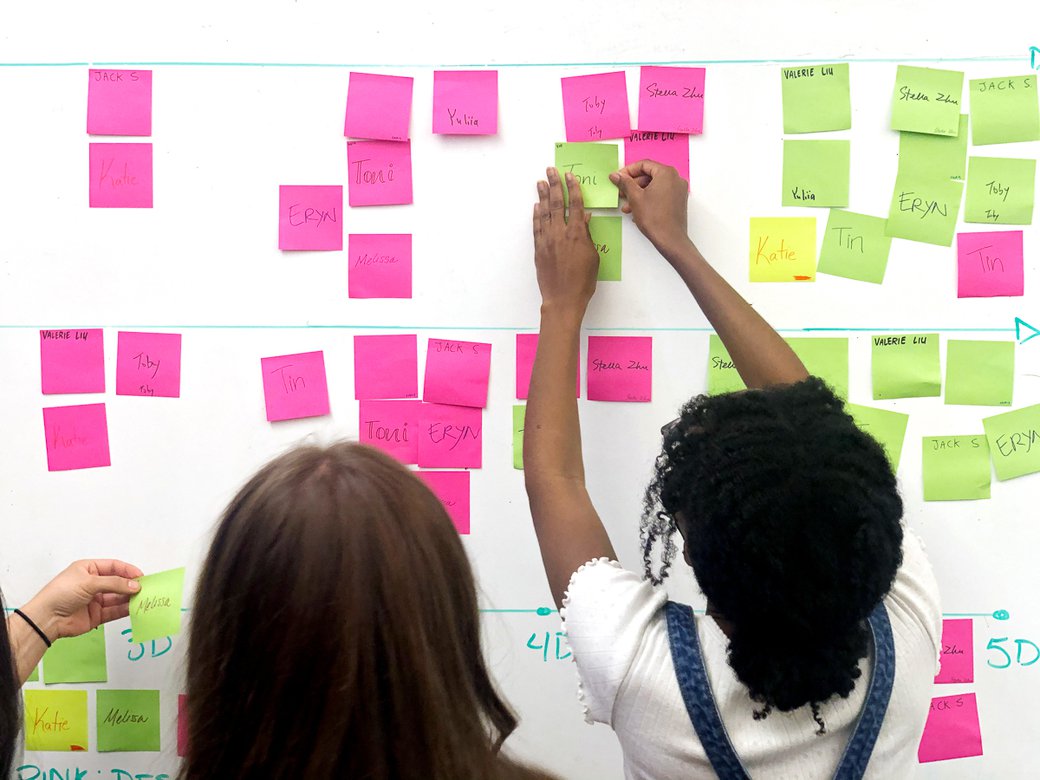
Aligning and Accountability Systems–mapping exercise in Studio Forward. Photo courtesy of Juan Carlos Rodriguez Rivera
Gaitán describes the process of questioning traditional models of education as a learning process for everyone, including the faculty, constantly asking “how do we work together?” and “how do we collaborate across disciplines?” Even a simple term like “render”, means something different to a product designer than it does to an illustrator. The needs and expectations of participants vary, and the shock of being back in interactive in-person spaces after the isolation of COVID-19 has made ambiguity and risk-taking harder, especially without the usual structures of discipline familiarity and program consistency. “We figure out things together—with the students. And then the systems we create to make decisions as a class, they replicate in their groups,” says Rodriguez Rivera. The class calls these “systems of accountability” and they function as check points in group dynamics. Student Scott Marlowe (MFA Design 2022) adds that “Aligning has been the biggest challenge and greatest joy in this course. We each came into the experience with different motivations, different notions of what the course would look like, different desires for an ultimate outcome, but the work we have done to align in order to move forward together has revealed just how much we share.”
It is also challenging for students to conceptualize the year-long dive into a single topic, and many initially struggled to integrate making as part of research, but “When they came in with things [as opposed to information] we did smaller desk crits, we actually got to start talking about their ideas, momentum gained,” Gaitán says. The class is taking on one of the greatest practical challenges in design pedagogy, that we cannot research, plan, and build in separate chronological silos, but rather we need research and making to interweave and coevolve.
In the first semester, there have been four major projects, as well as many small exercises and team activities, all under the umbrella of researching the future of belonging. In the first project pairs of students assembled and mapped collections that reflected their experiences of belonging.
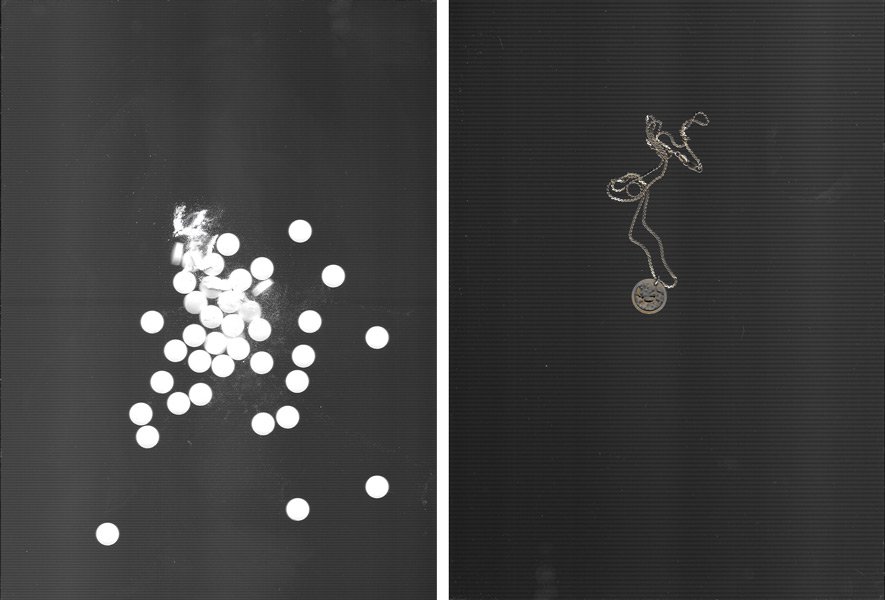
Erin Barthke, Personal Collection 1 (left) and Personal Collection 2 (right), 2021. Courtesy of the artist.
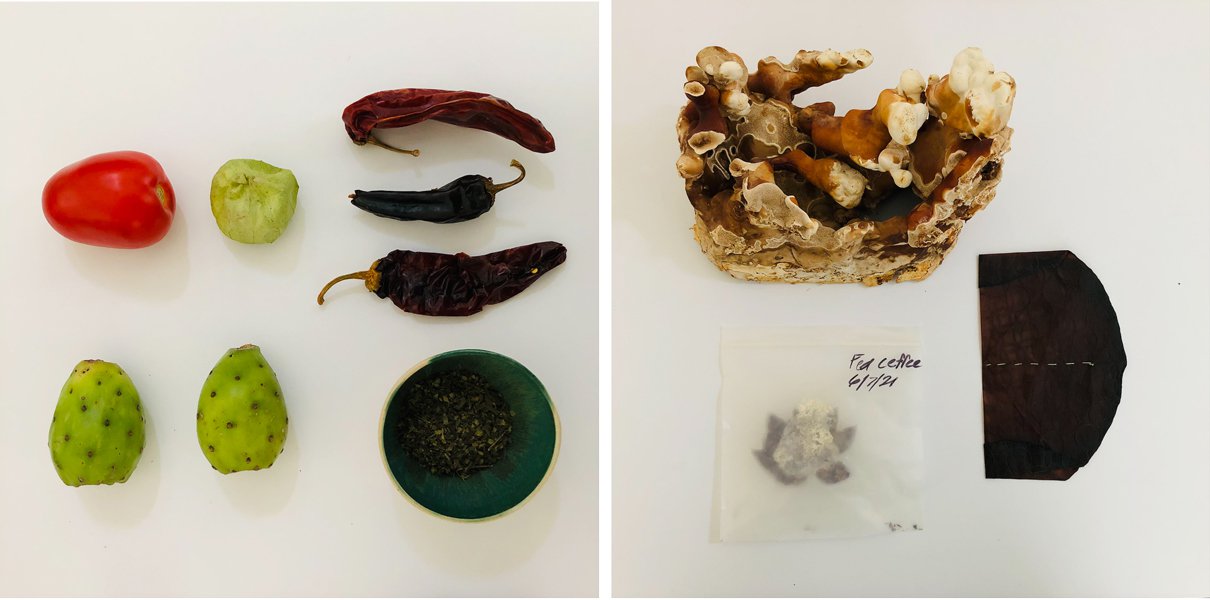
Melissa Ortiz, Personal Collection 1 (left) and Personal Collection 2 (right), 2021. Courtesy of the artist.
This allowed them to know one another more deeply because, as Rodriguez Rivera points out, “The classroom is also an incubator for belonging.” Project outcomes ranged from sound, music, and printed matter to choreographed experiences. They consulted with Abigail Gray, Priscila Penha, and Rhiannon Bell among others from Google, as well as guest Assistant Professor of Communication Design at Parsons School of Design Kelly Walters. Student Melissa Ortiz (MFA Design 2023) explains that in their process of making “Gifts of Introversion” with Kate Yang (BFA Industrial Design 2022), “Reframing the narrative around introversion was important. People who experience the world this way should not be made to feel as though they have a problem. It is this problematic hegemonic narrative that ‘Gifts of Introversion’ is seeking to counter with an opposite narrative. To bring forth a future where a spectrum of introversion is viewed as a normal human trait for all.”
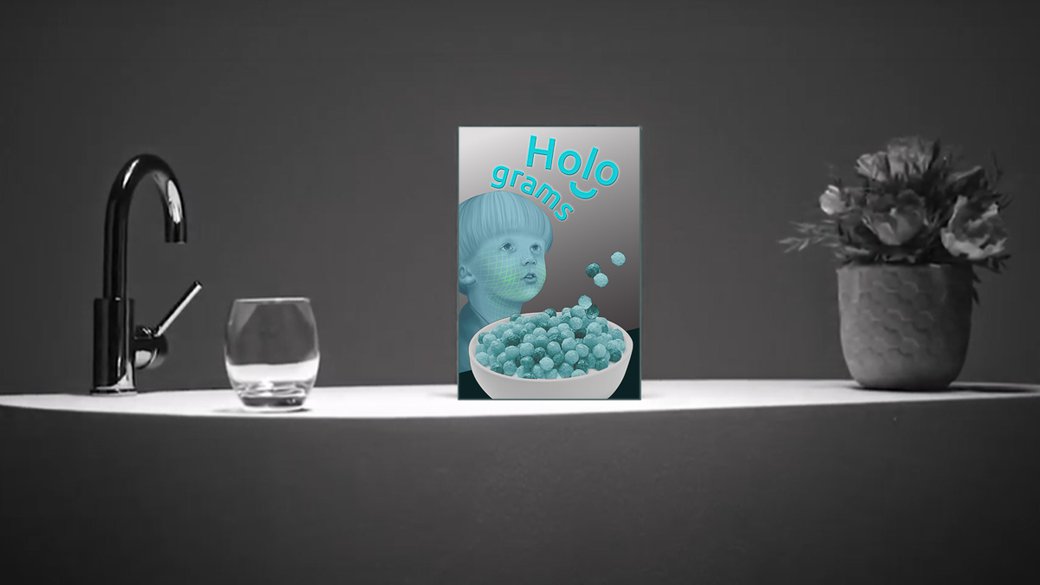
Emilie Cevallos Paredes, Eryn Bathke, Tony Barnardo, and Toni Olutomiwa, Hologramos, 2021. Courtesy of the artists.
In the second project students began to narrate their future scenarios of belonging, and produced a two dimensional artifact from that future.
This research fed into the third project where teams considered a fence or boundary that exists in their speculative scenario, and created an intervention that shares information within that setting. One with students Leah Kallen, Valerie Liu, Apurva Chinta, and Krystle Reynolds produced a fence of printed screen shot scrolls, giving physical form to how much we look at in just 10 minutes. Chinta explains that “Our fence concept revolves around social media, time, and boundaries, leading the viewer to think of their own social media scrolling habit and time spent,” adding that “We would like to investigate how setting boundaries and applying filters to our social media use can create safer spaces to engage with others.”
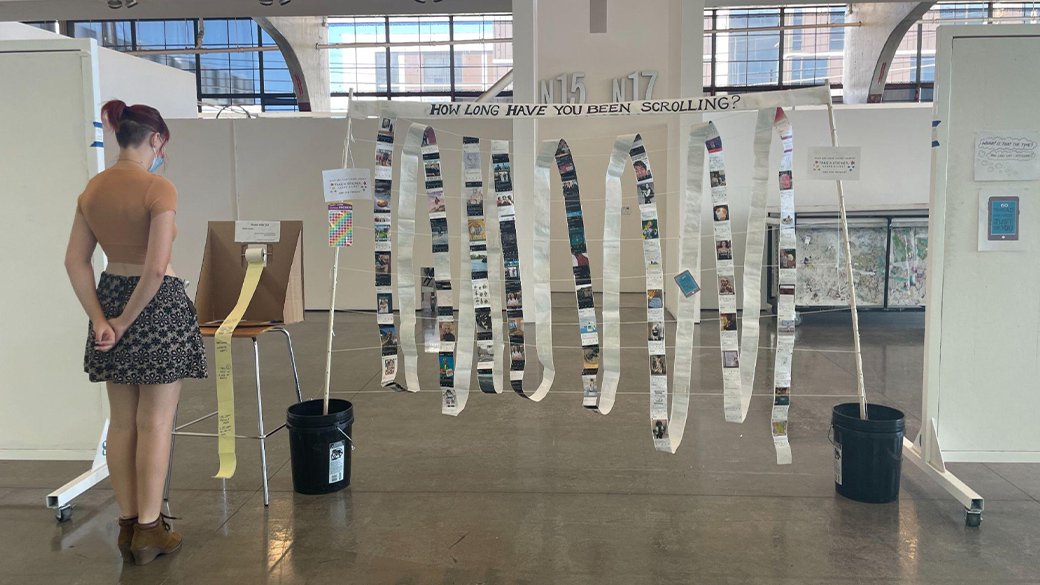
Leah Kallen, Valerie Liu, Apurva Chinta, and Krystle Reynolds, Scrolling Fence, 2021. Courtesy of the artists.
The final projects of the semester will be making “preferrable machines” that grow out of the team research areas, and an exhibit of these machines and the body of research from the semester. The prompt reminds students that a machine can be anything from a mechanical device for performing a task, to a group of people acting together for a common purpose.
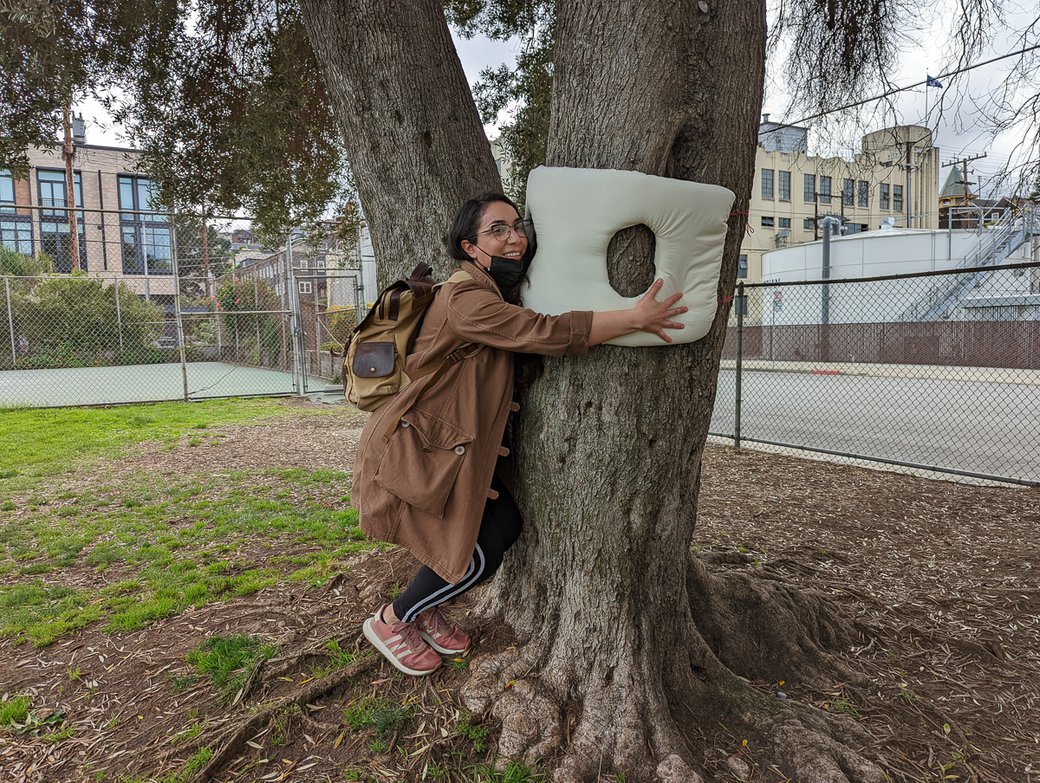
Akshat Prasad, Stella Zhu, Toby Hsu, Melissa Ortiz, I am you, You are me, 2021. Courtesy of the artists.
“They have to dig into what ‘machine’ means to them. We get caught in the legacy of the words, it creates blocks,” Rodriguez Rivera says, and the defamiliarizing structure of this kind of prompt can help us see and deconstruct those blocks. Questioning assumptions is at the heart of why we do this open-ended futures work. Sara Dean, when describing speculative work, recently told students that we tend to “construct the present as inevitable and neutral. Speculative design helps us break that assumption.” If at times unwieldy, the evolving qualities of Studio Forward embody this searching ethos.
Marlowe says, “I would love to see the entire class unite on a singular project. I’ve really enjoyed working in a small team, I feel bonded to them, something truly amazing might happen working as a larger collective.” Spring semester will see more time for making and interaction as the class switches from two two-hour meetings each week to one six-hour weekly studio session, with deeper dives into their chosen topics. A team member from Google with relevant expertise will serve as a mentor to each team. In summer 2022, Studio Forward students can apply to be a Google Fellow of the CCA Design Futures Lab and four to six students will be provided with a project budget and mentorship from Google and CCA to further their team’s project and ready it for presentation in a public forum.
—Saraleah Fordyce
December 9, 2021